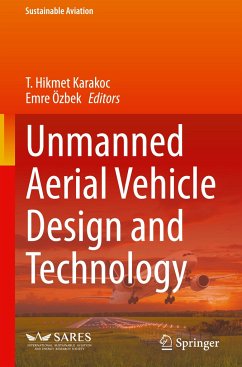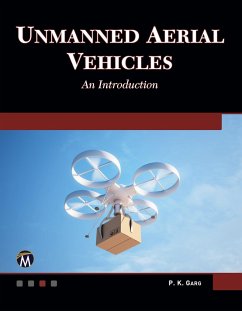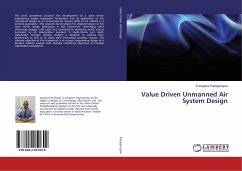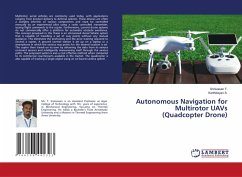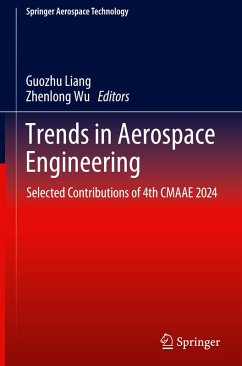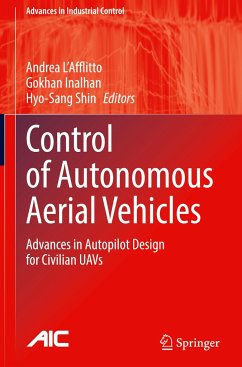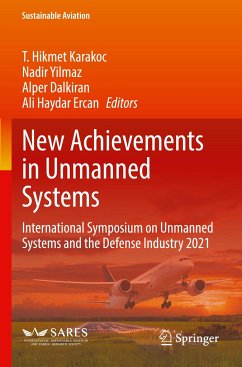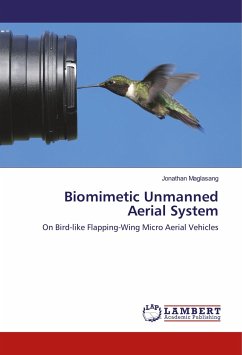
Biomimetic Unmanned Aerial System
On Bird-like Flapping-Wing Micro Aerial Vehicles
Versandkostenfrei!
Versandfertig in 6-10 Tagen
25,99 €
inkl. MwSt.

PAYBACK Punkte
13 °P sammeln!
This book addresses the challenging low-Reynolds number flight regime where conventional fixed-wing and rotary-winged aircraft designs become inefficient and impractical to use. Several problems associated with low-Reynolds number flow on aerial vehicles are discussed. Some of the unlocked secrets of nature's masters of the skies through the untiring efforts of biofluiddynamicists, and aeronautical engineers and scientists, are introduced in this book. The early and modern attempts to copy small and large natural flyers through partial and full-biomimetics are also discussed. Several simplifie...
This book addresses the challenging low-Reynolds number flight regime where conventional fixed-wing and rotary-winged aircraft designs become inefficient and impractical to use. Several problems associated with low-Reynolds number flow on aerial vehicles are discussed. Some of the unlocked secrets of nature's masters of the skies through the untiring efforts of biofluiddynamicists, and aeronautical engineers and scientists, are introduced in this book. The early and modern attempts to copy small and large natural flyers through partial and full-biomimetics are also discussed. Several simplified flying techniques and flapping mechanisms developed for bird-like (ornithopter) and insect-like (entomopter) aerial vehicles are shown. The development of an ornithopter patterned after a pigeon (Columba livia) with both flapping and feathering wing motions is discussed at length, and is the one given focused by the author. The discussions, however, are just tiny scratches on the very richand complex phenomena of flapping flight in nature. Nevertheless, this book is a good starting point for learning and developing ultra-efficient unmanned aerial systems.



